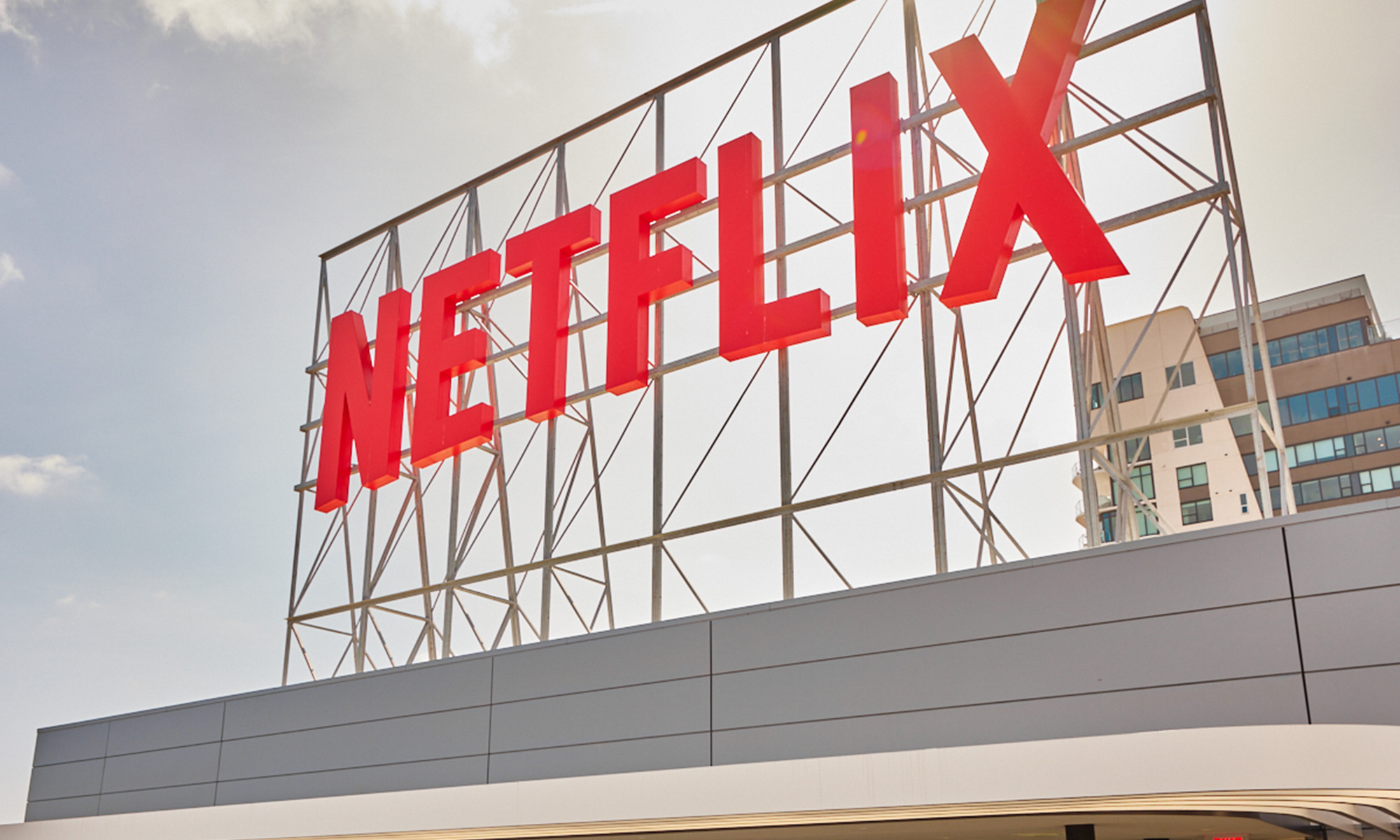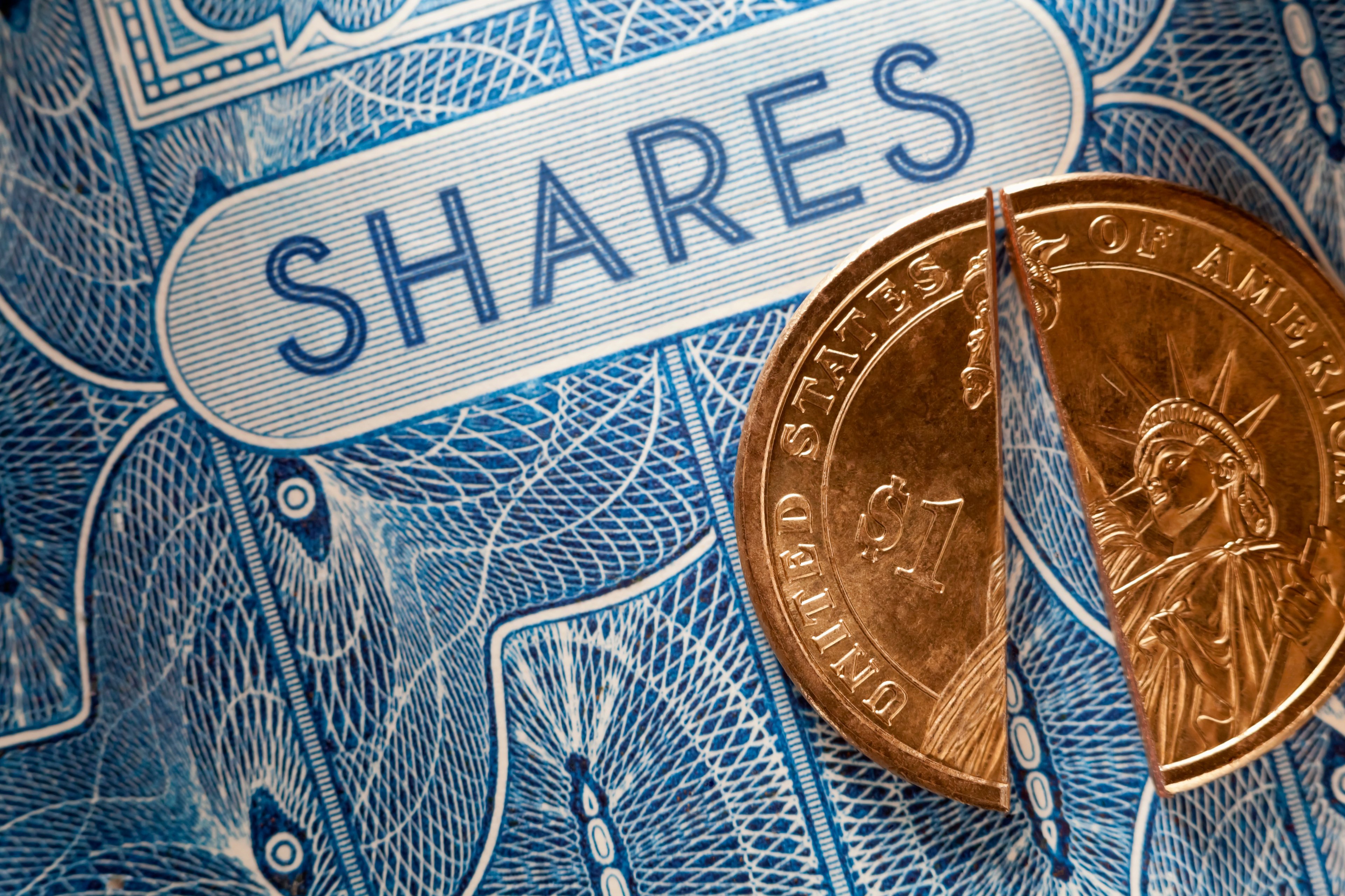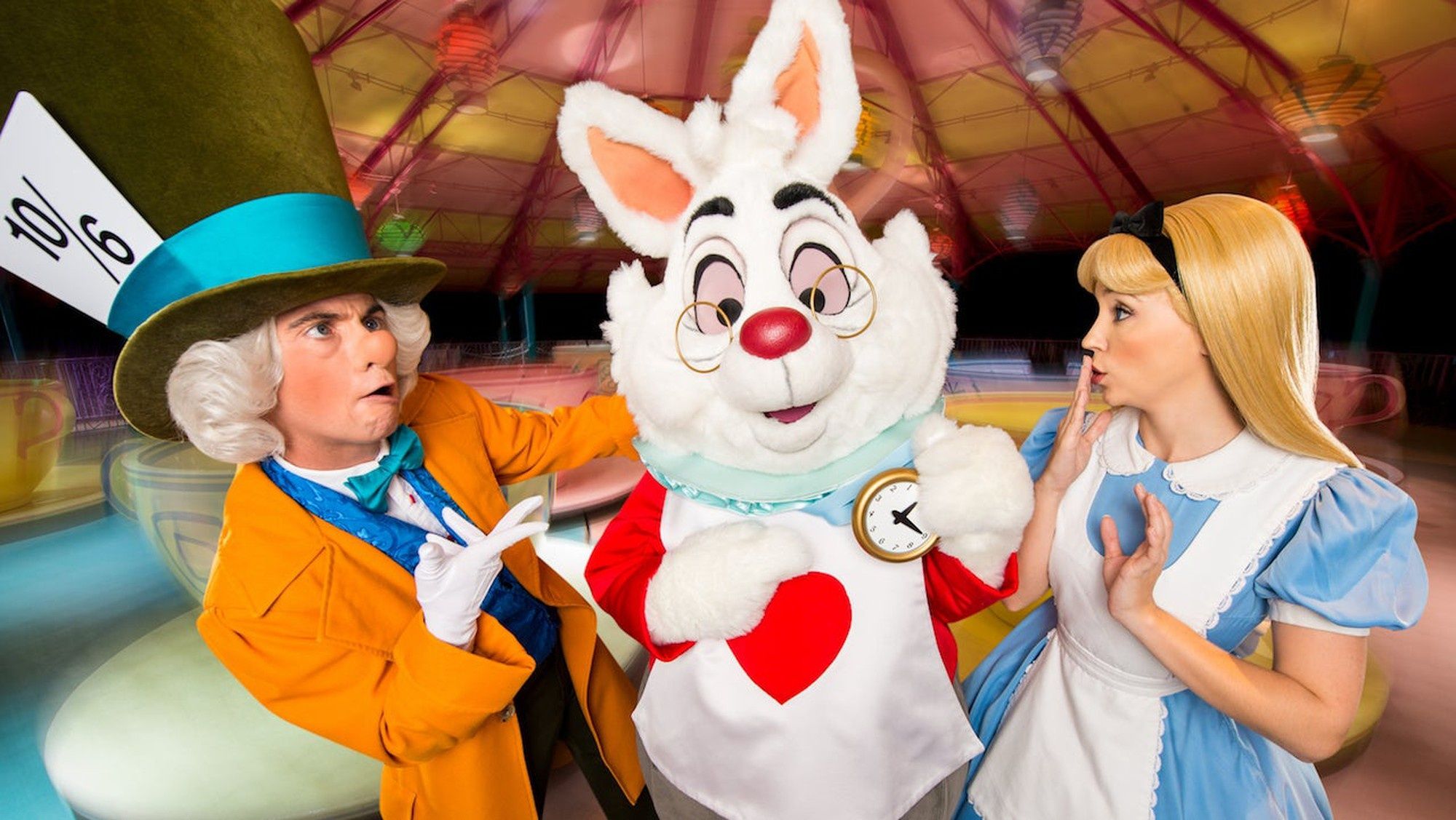
Source: Friends TV Show Facebook page
Six young people from New York, on their own and struggling to survive in the real world, find the companionship, comfort and support they get from each other to be the perfect antidote to the pressures of life.
--Official plot description for Friends, coming to Netflix in 2015.
There can't be many people left on planet Earth who haven't seen at least a few episodes of Friends. After all, the show was a ratings beast for its entire ten-season run. And over 50 million viewers watched the sitcom's finale in 2004. Since then, Friends has been in popular and consistent syndication for almost a decade.
So, why is streaming giant Netflix (NFLX +0.85%) paying up for the rights to such a well-exposed show?
Creating binge-viewers
It's useful to think about the company's TV content strategy in three big categories. In the first we have original series. That includes shows like House of Cards, Orange Is the New Black, and BoJack Horseman. These hits generate strong viewing, but their bigger benefits come from elevating the Netflix brand and boosting subscriber growth due to their exclusivity. In fact, one key reason why management said they failed to hit their subscriber target last quarter was the overwhelming (but temporary) kick that OITNB provided at the launch of season 2.
The second main content category is season-after series. Here we're talking about shows like The Walking Dead, Breaking Bad, and The New Girl. Netflix targets hits like these while they're in production, and it typically streams the full prior season as soon as the current season kicks off.
That strategy is a win for both Netflix and broadcasters: it generates tons of streaming hours while also building a bigger audience for current and future season. This content bucket is also arguably just as important to Netflix's business as originals and exclusives. As management explained in a shareholder letter last year, "While our original series get most of the headlines, a bigger percentage of overall Netflix viewing is generated by our exclusive complete season-after series."
Finally, we have everything that's not original and isn't currently in production. This is where Netflix plays the role of a syndicator, grabbing shows that were popular years ago but have already passed through their most lucrative broadcasting window. Whereas originals and season-after series are home-run shots, these are more like base hits. The aim for Netflix is have a broad library and pay a price for these shows that can be justified in terms of the number of viewer hours that they generate.

Source: Friends TV Show Facebook page
Where Friends fits in
Friends falls in this third bucket, but not neatly. Yes, the new member benefit is probably nil. Unlike with OITNB, few people are likely to sign up for Netflix's service to gain access to this one show. Still, the series carries some heft that makes it at least comparable to originals. At launch Netflix will be the only streaming service to carry the series (exclusivity). And the iconic status of the show could boost the value that subscribers feel they get from the service (brand halo).
But most importantly, Friends is likely to be a workhorse at generating viewer engagement. All 10 seasons will be available starting Jan. 1. And if you don't think people have an appetite for shows they first saw years ago, consider the recent experiment with The Simpsons. FXX's marathon for that long-syndicated series blew away all expectations this summer. It catapulted the station from 49th in Nielsen ratings to 3rd place. In fact, on three of the 12 nights of the marathon FXX even managed to lead all broadcasters in the key 18-to-49-year-old viewer demographic.
In a similar event, every Friends episode that ever aired will be available for viewing by Netflix's subscriber base when the clock turns to 2015. The resulting binge-watching tsunami should have a lot of us feeling nostalgic for the '90s -- while we stream HD video into our flat-screen TVs.






